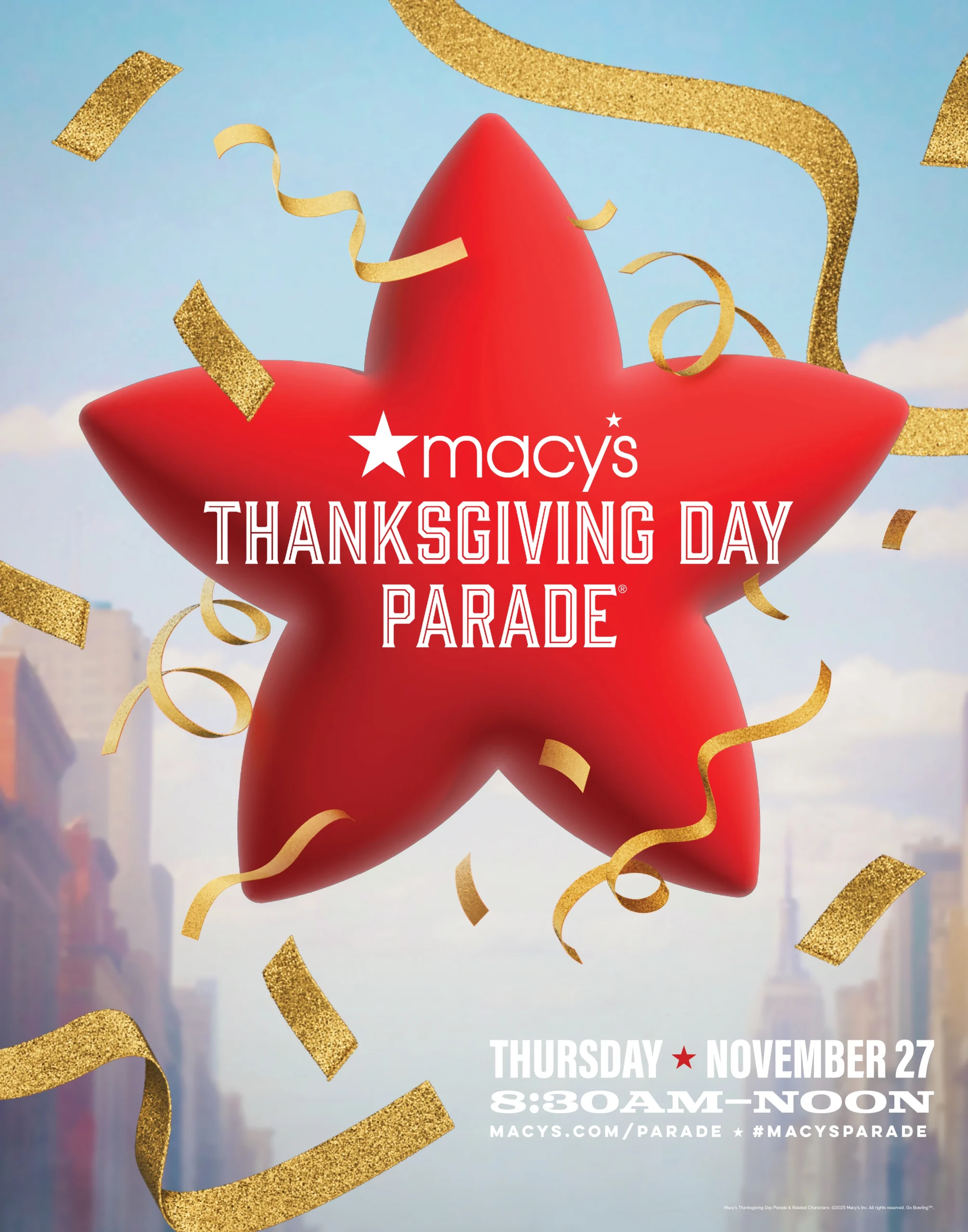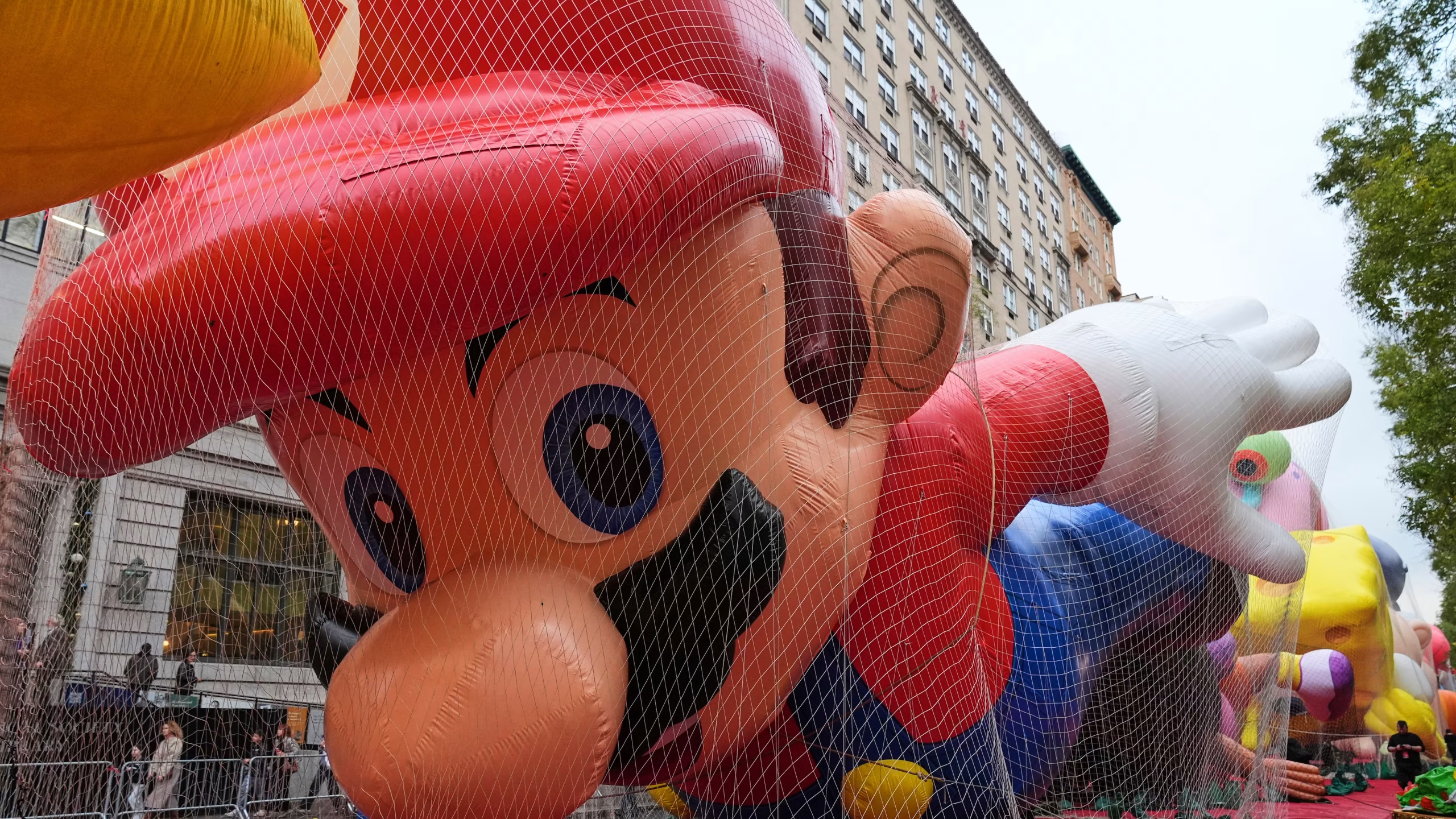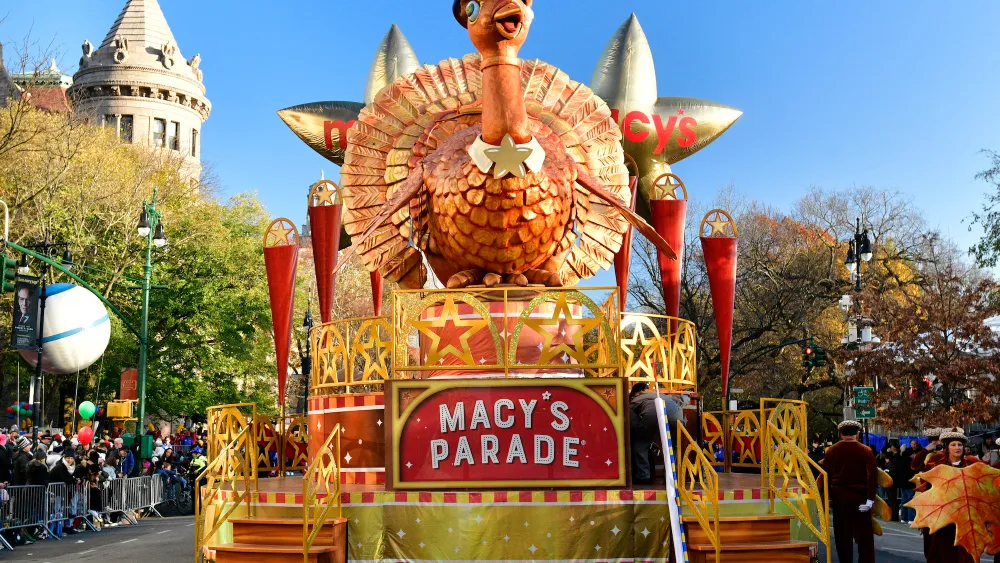New York City pulses with excitement this morning as the 99th Macy's Thanksgiving Day Parade kicks off at 8:30 a.m. ET, drawing millions to its vibrant spectacle along the iconic route. Families bundle up along Central Park West, eyes skyward for the first glimpse of soaring balloons, while televisions across America tune in on NBC and Peacock for the live broadcast that wraps around noon, with an encore at 2 p.m. This year's event feels electric, amplified by a lineup that pushes the boundaries of tradition with fresh energy and star power.
The 2025 Parade: Bigger, More Star-Studded Than Ever
The parade snakes its familiar path today, starting at West 77th Street and Central Park West, curving past Columbus Circle, and charging down Sixth Avenue to end triumphantly at Macy's Herald Square flagship. Crowds three-deep line the sidewalks, cheering as 34 massive helium balloons bob overhead, including newcomers like the adventurous Buzz Lightyear and the whimsical Beagle Scout Snoopy. Four innovative balloonicles—those clever vehicle-powered minis—add a dynamic twist, zipping through the throng with ease.
Floats dazzle with 28 elaborate creations, from enchanted forests to candy-themed wonders, each a testament to months of craftsmanship. The performers steal hearts too, with 28 acts spanning generations: Cynthia Erivo belts showstoppers from Wicked, Busta Rhymes brings hip-hop fire, and Lainey Wilson strums country anthems that echo through the crisp air.
Eleven marching bands thunder in rhythm, 33 clown crews tumble with joyful chaos, and nine performance groups weave dance into the mix. It's a whirlwind of color and sound that captures the raw joy of the season, reminding everyone why this parade endures as America's holiday heartbeat.
Yet beneath the glittering facade, a financial machinery hums quietly, balancing multimillion-dollar outlays against the intangible rush of national unity. For Macy's, staging this gift to the nation today isn't just pageantry—it's a calculated bet on joy's economic ripple.

Macy’s 2025 Thanksgiving Day Parade poster showcases the excitement and magic of the annual multi-million-dollar event, drawing millions of spectators and viewers nationwide.
What Does It Actually Cost to Run the Parade?
Producing today's parade demands a staggering investment, with estimates pegging the total at around $13 million for the 2025 edition. Helium alone gobbles up roughly $510,000 to lift those 34 behemoths skyward, a volatile expense tied to global supply chains that have tightened in recent years. Each float, a labor of love built over months in New Jersey warehouses, runs between $30,000 and $100,000 apiece, factoring in sturdy frames, vibrant paints, intricate props, and teams of welders and artists who pour their skills into every detail.
Sponsors shoulder much of the balloon burden, forking over $190,000 for a brand-new design that includes construction and parade-day handling, or $90,000 to revive an old favorite with fresh inflation. Labor adds another layer, with a core crew of full-time builders, costume makers, and logistics experts drawing wages that historically top $1 million annually, even as thousands of volunteers infuse the event with unpaid passion. Then comes the broadcast muscle: NBC's production tab has climbed to about $7 million, covering cameras, crews, and the seamless feed that reaches 30 million viewers.
These figures, drawn from industry breakdowns, paint a picture of controlled extravagance. According to analysis reviewed by Finance Monthly, the parade's escalating scale in 2025—more balloons, bolder floats—nudges costs higher, testing the limits of festive efficiency.
Who Picks Up the Bill — And Who Profits?
Macy's anchors the funding as the parade's proud originator, covering helium hauls, float fabrications, permit fees, year-round storage, and the logistical ballet that keeps everything airborne and on track. This 99-year tradition stands as their heartfelt offering, a nod to gratitude amid retail's cutthroat arena. Corporate sponsors step in boldly, trading hefty fees for prime exposure—think brands like Netflix leveraging a float to hype holiday hits, their logos beaming to captivated audiences.
NBC chips in too, securing broadcast rights for a reported $20 million while raking in ad dollars that soared to $49 million in recent years, turning production costs into tidy profits. The real windfall unfolds in subtler streams: Macy's harnesses the buzz to spike holiday foot traffic, online clicks, and that warm glow of brand loyalty which lingers long after Santa waves goodbye.
Economist Stephen J. Dubner captures the emotional pull in his latest Freakonomics deep dive, calling the parade Macy's "most valuable asset" in a struggling retail landscape—a tradition that stirs nostalgia while quietly fueling survival, evoking the bittersweet thrill of betting big on shared wonder.
Unlocking the Parade's Hidden ROI: A Marketing Masterstroke in Disguise
Return on investment, or ROI, boils down to this simple truth: for every dollar poured into an event like today's parade, how many come flowing back through boosted sales or lasting brand love? Macy's doesn't just stage spectacle for applause; they engineer a sales accelerator that transforms morning merriment into evening receipts. This year, with holiday spending projected to shatter records at over $1 trillion nationwide, the parade acts as a turbocharger, drawing viewers into a frenzy of Black Friday buys and Cyber Monday carts.
Consider the multiplier effect, where one balloon's flight sparks chains of spending. Past parades have injected $200 million into New York City's economy annually through tourism alone, filling hotels, restaurants, and shops with parade-fueled dollars. For Macy's specifically, the event correlates with a 15 to 20 percent uptick in same-store sales during peak holiday weeks, according to retail tracking data—a quiet vindication of the $13 million outlay. Imagine a family, mesmerized by a glittering float, racing home to snag that toy online; multiply by millions, and you see the genius. This isn't mere advertising; it's emotional alchemy, turning collective cheer into concrete cash flow that sustains Macy's through leaner months. In 2025's inflationary squeeze, this ROI edge feels more vital than ever, proving tradition's power to outpace pure numbers.
The stakes hum with urgency today, as inflation nips at helium prices and labor rates climb, forcing Macy's to sharpen their festive formula. Yet the payoff gleams brighter: unmatched reach to 30 million eyes, a surge in brand relevance, and the spark that ignites America's biggest shopping sprint. If viewer numbers dip or sponsors hesitate, the math could sour fast, but for now, the parade's alchemy holds—converting costs into the kind of holiday magic that sells itself.

The iconic Mario balloon, a fan favorite in recent Macy’s parades, demonstrates the creativity and multi-million-dollar production behind the city’s beloved holiday spectacle.
Beyond the Balloons: What Readers Are Wondering Today
How Has the Cost of the Macy's Parade Evolved Over the Years?
The Macy's Thanksgiving Day Parade has ballooned in expense since its 1924 debut as a modest neighborhood stroll, when costs barely scratched $10,000 adjusted for inflation. By the 1950s, television amplified the stakes, pushing budgets toward millions as floats grew grander and bands multiplied. Today's $13 million tag reflects decades of escalation, driven by helium shortages, skilled labor demands, and broadcast polish that reaches 30 million homes. Yet sponsors and ad revenue have scaled too, keeping the tradition afloat amid economic headwinds. This growth mirrors America's love for spectacle, turning a simple gift into a national economic engine that evolves with each passing Thanksgiving.
Which Sponsors Get the Biggest Bang for Their Buck in 2025?
Sponsors like Disney and Netflix score prime real estate in 2025, with floats and balloons tailored to their IPs—like Buzz Lightyear's high-flying debut—that capture kid imaginations and adult nostalgia alike. These spots yield massive exposure, equating to millions in earned media value, far outstripping the $190,000 new-balloon fee. Brands report surges in social mentions and site traffic post-parade, with one toy giant noting a 25 percent sales lift from last year's feature. It's less about immediate dollars and more about seeding holiday wish lists, making these investments a savvy play in the crowded ad landscape.
Does the Parade Actually Boost Macy's Holiday Sales Enough to Justify the Spend?
Absolutely, the parade supercharges Macy's coffers by igniting consumer frenzy at the perfect moment, with data showing a 20 percent spike in Black Friday traffic tied to morning viewers. In a season forecast to hit $1 trillion in U.S. spending, this event funnels eyeballs straight to deals, blending emotional pull with tactical timing. Retail experts point to incremental sales topping $100 million annually for Macy's ecosystem, from store visits to app downloads—a return that eclipses the $13 million cost and cements the parade as a linchpin for year-end survival. It's proof that joy sells, especially when it arrives wrapped in giant balloons.













